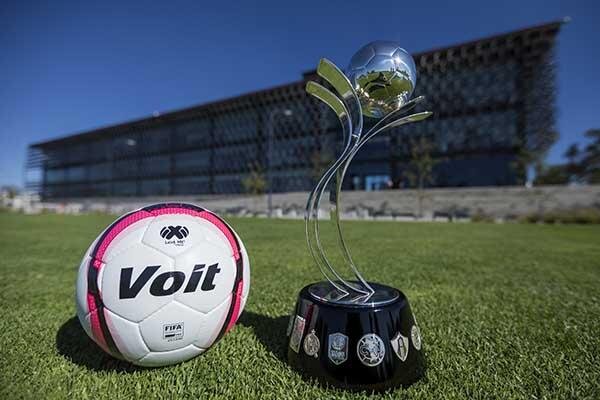53.3% of professional women footballers in the Mexican league have at least one degree.
Last week, the International Day of Women’s Football was celebrated amid the recently disputed and historic UEFA Women’s Champions League Cup and the final of the Mexican Women’s League tournament. So, we can be excited about a sport that has grown extraordinarily in the last five years.
In previous articles, we have discussed significant intersections between sports, physical education, and gender equity. Today we think it is meaningful to ask ourselves the following question: How does football intersect with university education, and how many women athletes take advantage of this opportunity? An article in El Economista (The Economist) states that 489 players registered in the Mexican Women’s League in 2021, 53.3% have undergraduate or graduate degrees.
While we can talk about a more established labor market in the male divisions, the correlation of male athletes with traditional education is minimal. The training time for a professional footballer is 4 to 6 hours per day. On top of that is the time required for administrative activities, rest and recovery, and trips to attend the sporting events. With such a saturated schedule, a male professional player will hardly have time to divide his attention between football and traditional academic responsibilities. This problem affects both divisions, but it impacts the women’s league more; the female players take on this commitment without having a security structure that ensures them an economic future even though they play in professional leagues like the Mexican one. Faced with this deficiency, women athletes must pursue a university education.
The pay gap and its correlation to higher education
The difference in the production of economic assets in the businesses associated with male football compared with the female is not disputed. Although there is a critical issue of human dignity and fair labor treatment in the management of the women’s divisions, we cannot compare theirs to the monetary production values of a male sports apparatus that began its professionalization in 1863; the female equivalent did not exist as a federation or a World Cup until 1971.
This not only creates the need for female footballers to pursue university and postgraduate education for economic stability off the field, but it also impacts the time they can be on it. Thus, from the beginning of their careers in basic training, women have to worry about academic pursuits and the skills training that will sustain them after a football career that still does not offer sufficient pay.
Compared to that of a man, the length of time a woman’s football career lasts is also a determining factor. During the Women’s World Cup held in France in 2019, the average age of the players was 26, while in Russia in 2018, the profile average was 27.4. Male players tend to exercise their profession longer because its physical and psychological demands are more tied to financial compensation, a privilege that many feminine leagues still do not enjoy.
This disparity can be read as a negative aspect of the sport. However, a more positive perspective is that this situation puts education on an active axis in the conversation, as mentioned by the sports analyst and journalist Marion Reimers in a recent video on the educational profile of the Mexican women’s league. “If you are going to be a professional woman’s footballer, associate with networks that are not just about money; get involved with things that provide satisfaction, pure intellectual curiosity, and awe,” she said.
Reimers adds that women’s football can generate a new narrative that benefits the fiber of the sport itself, making visible the value of creating a network beyond the professional exercise of any physical discipline, this through academic training, continuing education, and lifelong learning.
Do you think that didactic training is essential for an athlete? How do you think the practice of a sport can improve the availability and continuance of educational offerings? Do you think that sports themselves have the potential to be a learning tool? Tell us in the comments.
Translation by Daniel Wetta.
This article from Observatory of the Institute for the Future of Education may be shared under the terms of the license CC BY-NC-SA 4.0 
)
)


)